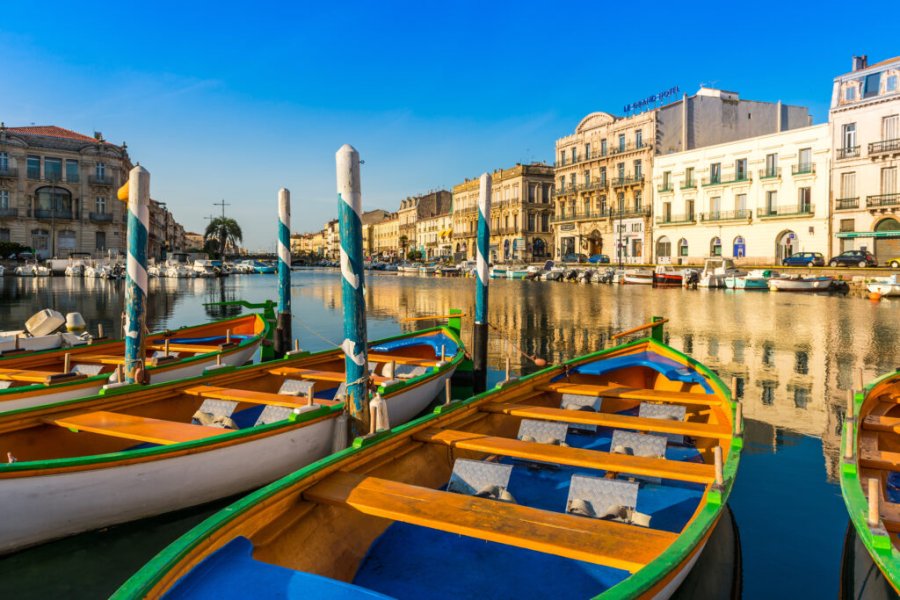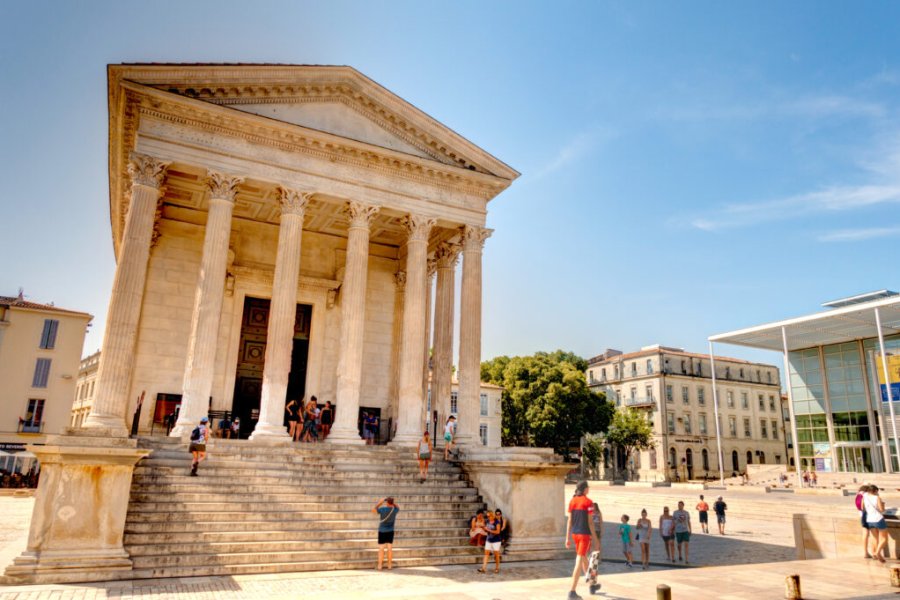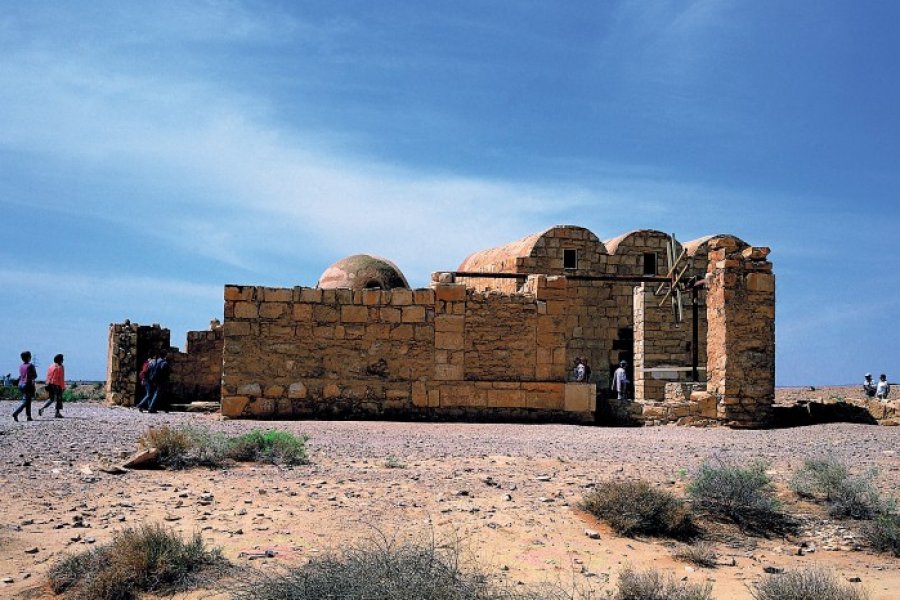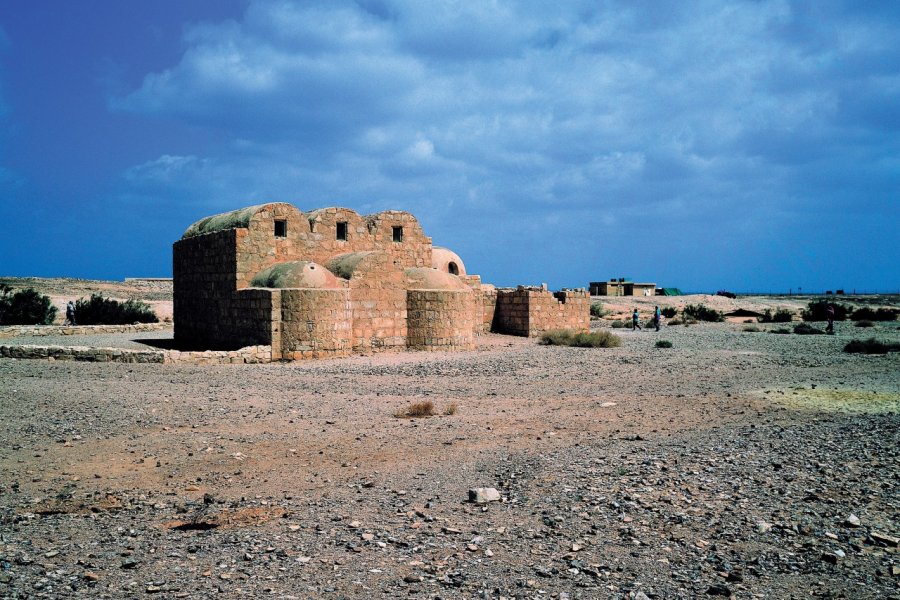Travel Guide Qasr Amra
Find an accommodation
Advertising
During the Umayyad dynasty, sumptuous residences were built in the middle of the desert, palaces surrounded by gardens, where the caliphs came to rest with their court. Qusayr Amra, or Qasr Amra, was one of them, and it housed a vast complex including a hunting lodge and a caravanserai. The only structure still standing today houses only the baths of the former caliphal residence, but it is sumptuous. Amra is the only 'desert castle' to be listed as a World Heritage Site by UNESCO. It was built between 705 and 715, under the direction of the powerful Caliph Al-Walid, who also directed the construction of the great mosques of Damascus, Medina and Jerusalem. The charm and interest of the site lies not in its superb environment, nor even in its very well restored buildings, but in the exceptional conservation of its 8th century frescoes, true jewels of Umayyad pictorial art. These baths were discovered at the end of the 19th century, in 1898, by a Czech orientalist explorer, Alois Musil. When one sees what remains of Qasr Amra from the outside, a small stone fort on a desert plain, it is hard to imagine the treasure it contains inside: the largest collection of Umayyad wall paintings known to date. The decorative opulence of the painted decoration contrasts with the modest dimensions of the building.
Suggested addresses Qasr Amra
Weather at the moment
Advertising
Organize your trip with our partners Qasr Amra
Transportation
Book your plane tickets
Car Rental
Boat rental
Accommodation & stays
Find a hotel
Holiday rental
Find your campsite
Tailor-made trip
Immersion travel
Services / On site
Activities & visits
Find a doctor






